Overview
This article explores the rich history and cultural significance of pocket knives, particularly folding knives, highlighting their craftsmanship, modern appeal, and role in outdoor culture. It discusses the importance of maintenance, choosing the right knife, and the generational connections these tools foster, celebrating their legacy as both practical tools and collectible art pieces.
Frequently Asked Questions
1. What is the historical significance of pocket knives?
2. What materials are commonly used in the crafting of folding knives?
3. Why are pocket knives considered collectible items?
4. What factors should be considered when choosing a pocket knife?
5. How can I maintain my pocket knife for optimal performance?
The art of crafting pocket knives has been a cherished tradition for centuries, celebrating not only functionality but also the cultural heritage and craftsmanship behind each piece. Folding knives, in particular, have evolved as a significant artifact that encapsulates stories, craftsmanship, and a connection to our past. This article delves into the historical significance of pocket knives and the enduring legacy they represent, while also exploring why they remain a beloved choice among collectors and outdoor enthusiasts alike.
Historical Roots of Pocket Knives
The origin of pocket knives can be traced back thousands of years, with evidence pointing to tools made from flint and other natural materials being used by early humans. As civilizations progressed, so too did the technology surrounding knife-making. By the time the Romans began trading sophisticated tools, the concept of a folding knife started taking shape.
Pocket knives, as we know them today, emerged during the Middle Ages in Europe, where they were used extensively by travelers, tradespeople, and those living in rural areas. Their portability made them essential tools for daily tasks, ranging from preparing food to performing small repairs.
The Craftsmanship Behind Folding Knives
One of the most appealing aspects of folding knives is the craftsmanship involved in their creation. Master artisans continue to embrace traditional methods passed down through generations while incorporating modern techniques to enhance durability and performance. High-quality materials such as stainless steel, brass, and wood are commonly used, each contributing to the knife's aesthetic and functionality.
This intricate craftsmanship has transformed folding knives into not just utility tools but also collectible pieces of art. Many makers take immense pride in their work, ensuring that each blade that leaves their workshop carries a piece of their heritage with it.
Pocket Knives in Different Cultures
Pocket knives hold significant cultural value around the world. In Japan, for example, the tradition of knife-making has deep roots, with artisans adhering to rigorous standards of workmanship and using techniques that have remained unchanged for centuries. Japanese folding knives, known for their precision and beauty, are a testament to the country's dedication to the craft.
In the United States, the modern pocket knife has become a symbol of rugged individualism and self-reliance. From cowboys to campers, these knives have been integral to the American spirit of adventure and independence.
A Global Connection
Whether it’s a traditional Swiss Army Knife or an intricately designed Japanese folding knife, each piece tells a story reflecting the values, culture, and functional needs of its origin. Pocket knives bring people together through shared experiences, whether it’s camping with family, opening packages, or honing survival skills.
The Symbolism of Folding Knives
Folding knives are more than just practical tools. They represent various themes of heritage and tradition, embodying values such as craftsmanship, creativity, and resilience. For many, owning a pocket knife signifies a bond with their ancestry, reminding them of the skills that have been passed down through the ages.
Connecting Generations
Pocket knives often serve as heirlooms, passed down from parents to children. These knives carry with them memories and lessons, becoming treasured items that encapsulate familial dynamics. The act of teaching a child to care for and use a pocket knife can be a rite of passage, linking generations through shared knowledge and experience.
The Modern Appeal of Pocket Knives
As we navigate the digital age, the charm of pocket knives remains ever-potent. Despite advancements in technology, the tactile experience of using a folding knife is irreplaceable. Enthusiasts appreciate the craftsmanship and the historical context behind each blade. In recent years, there has been a resurgence in the popularity of handmade knives, with many consumers seeking quality over mass-produced products.
Folding Knives for Everyday Use
Today, pocket knives are widely used for various purposes, from daily tasks such as opening packages to outdoor adventures like camping and hiking. Their versatility makes them a popular choice for anyone requiring a reliable tool at their fingertips. Moreover, collectors enjoy seeking out unique designs, limited editions, and vintage pieces that further enrich their understanding of the artistry behind folding knives.
The Role of Pocket Knives in Outdoor Culture
The outdoor community has long embraced folding knives as essential tools. They are invaluable for survival situations, culinary needs, and general camp tasks. The reliability of a well-crafted pocket knife can make a significant difference in a challenging environment, allowing outdoor enthusiasts to engage with nature confidently.
Essential Skills for the Modern Adventurer
Learning to use a pocket knife effectively is a vital skill for adventurers and survivalists alike. Practical knowledge such as proper techniques for carving, whittling, or first aid applications can enhance any outdoor experience, adding another layer of connection to the natural world. Each time a folding knife is deployed in the field, it serves as a reminder of our ancestors who survived using similar tools.
Choosing the Right Folding Knife
With many options available on the market, selecting the right pocket knife can be daunting. Here are some factors to consider when making your choice:
- Purpose: Determine what you'll primarily use the knife for—whether it’s everyday carry, outdoor adventures, or collecting.
- Blade Material: Look for stainless steel or high carbon steel options for durability.
- Handle Design: Choose a handle that feels comfortable in your hand, considering grip and ergonomics.
- Size and Weight: Consider how easily you can carry the knife—smaller, lightweight options are preferred for everyday carry.
The Importance of Maintenance
To ensure longevity and optimal performance, proper maintenance of folding knives is crucial. Regular cleaning, oiling, and honing of the blade can maintain the sharpness and functionality of your knife. By treating your pocket knife with care, you can preserve its beauty and utility for years to come.
Embracing the Legacy of Pocket Knives
The heritage and tradition behind pocket knives—especially folding knives—continue to resonate with enthusiasts, collectors, and everyday users alike. As we navigate through modern life, these tools remind us of the skills and crafting that have significantly shaped cultures around the globe. They symbolize community, personal history, and stories that unify people across generations.
By embracing the legacy of pocket knives, we pay homage to the artisans of the past while forging new paths for the future. Whether you’re a seasoned collector, an outdoor enthusiast, or simply someone who appreciates the art of craftsmanship, remember that every folding knife holds the potential to connect us to our roots and the lives we have yet to encounter.
As you consider your next pocket knife purchase, think not only about its function but also about the deeper stories and meanings it represents. Each time you reach for your folding knife, remember you are partaking in a legacy rich in tradition, heritage, and the enduring artistry of knife-making. Your pocket knife is a tool, yes, but it is also a bridge linking you to the past and the countless generations of individuals who have found value in its existence.


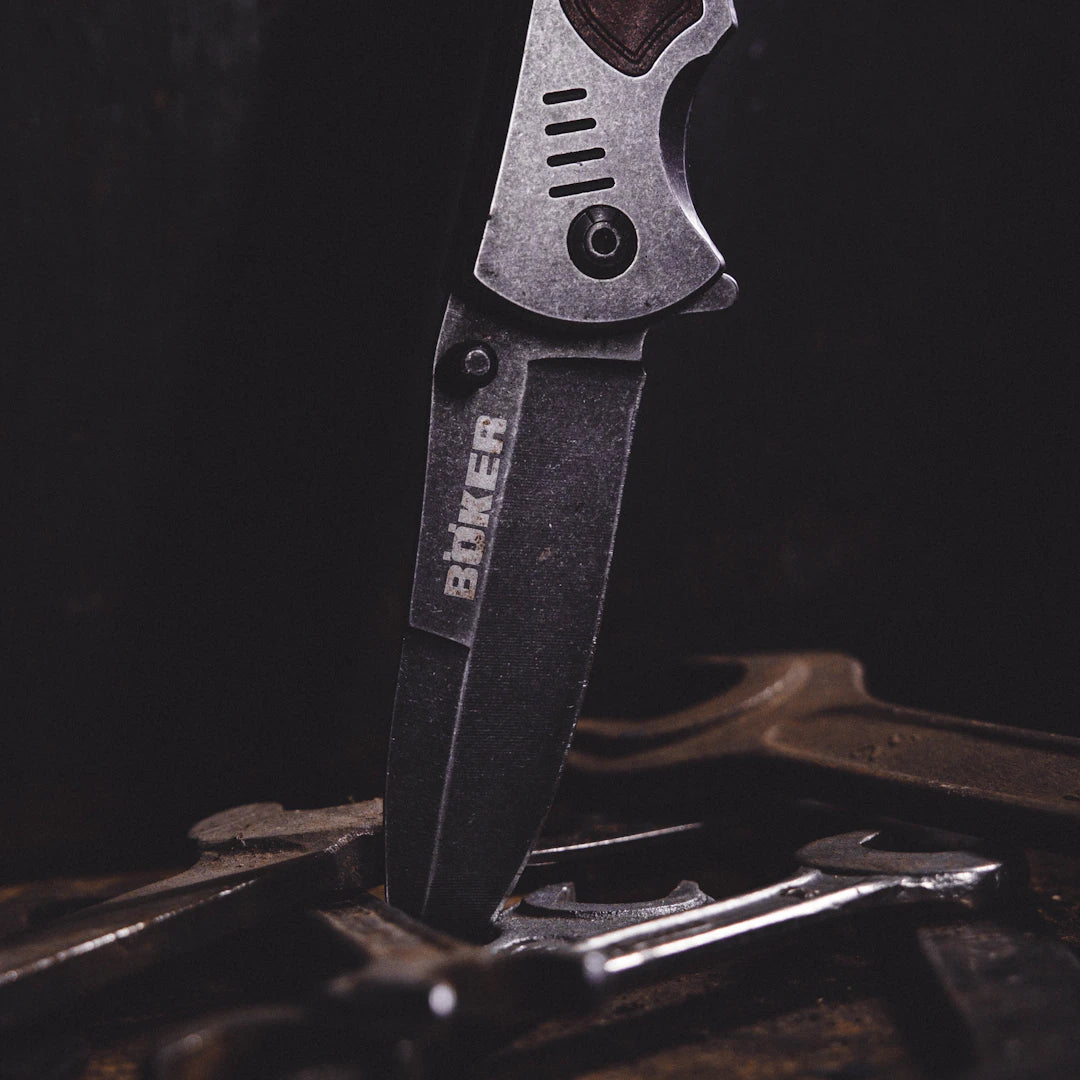



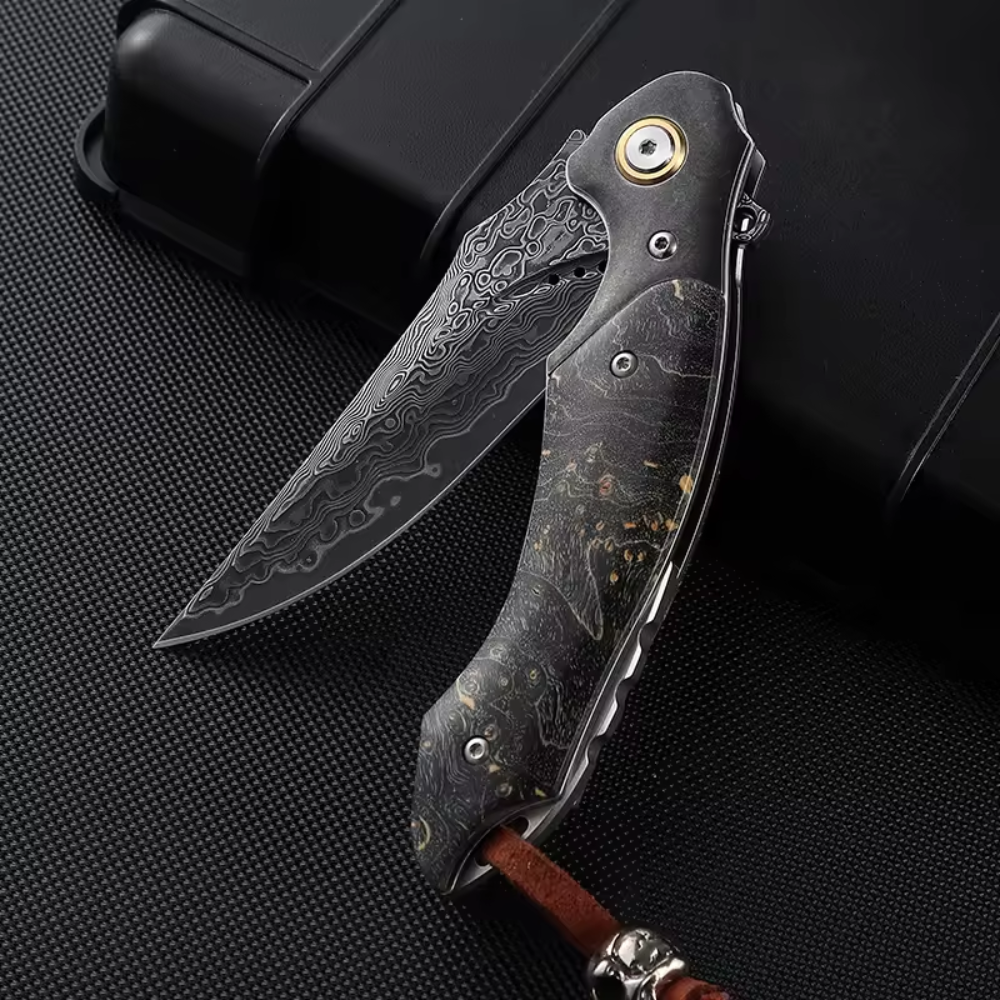
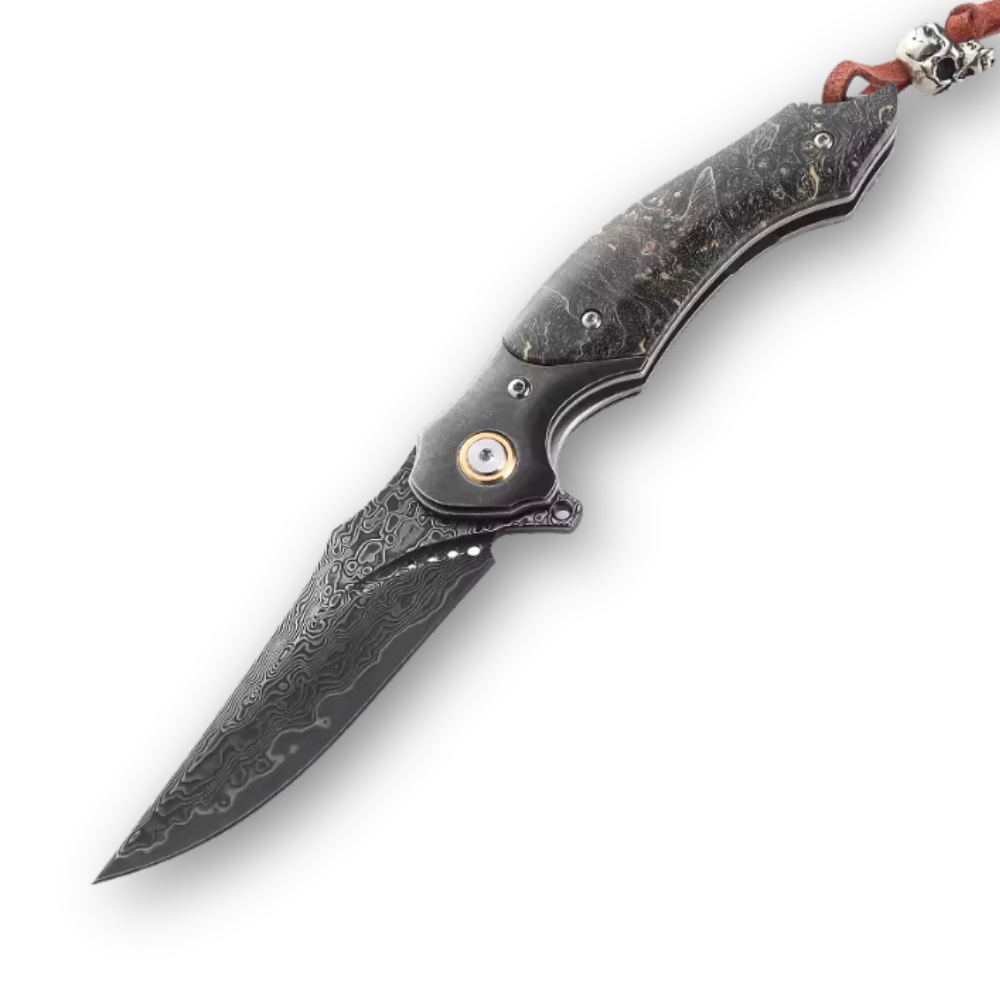
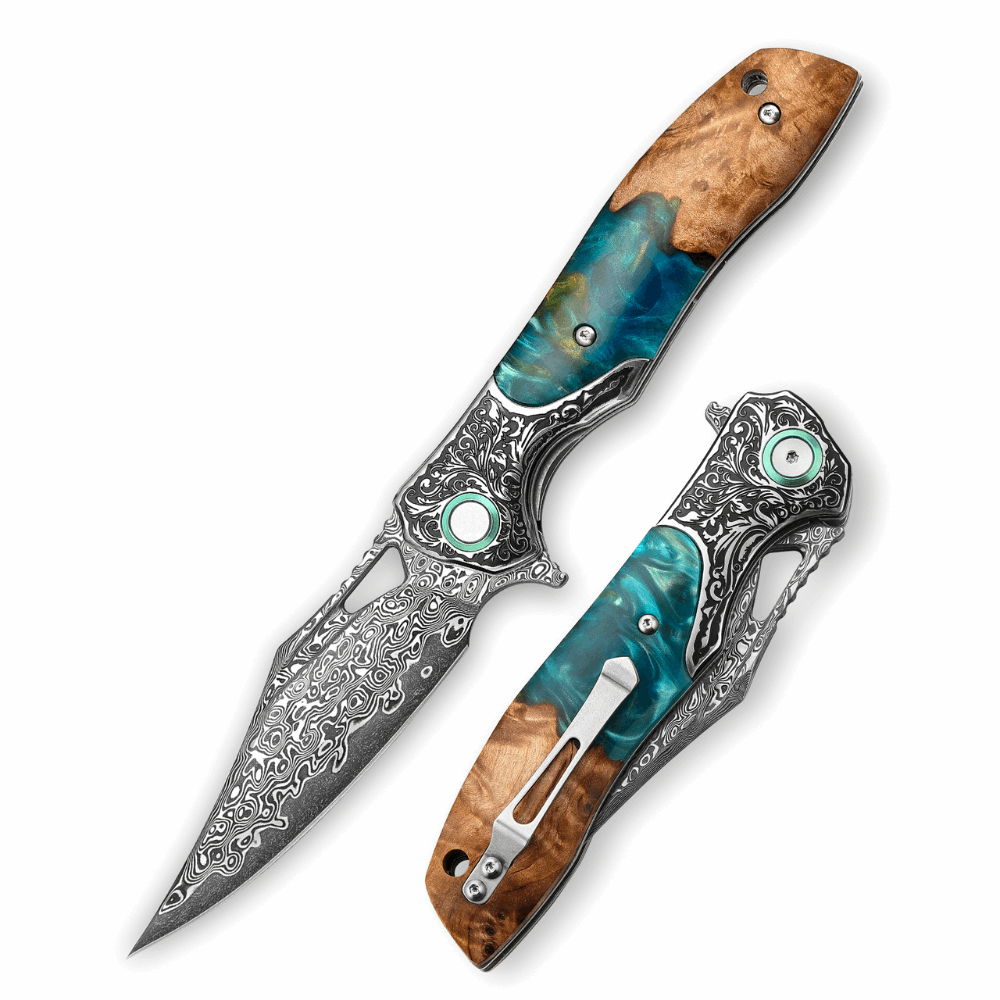
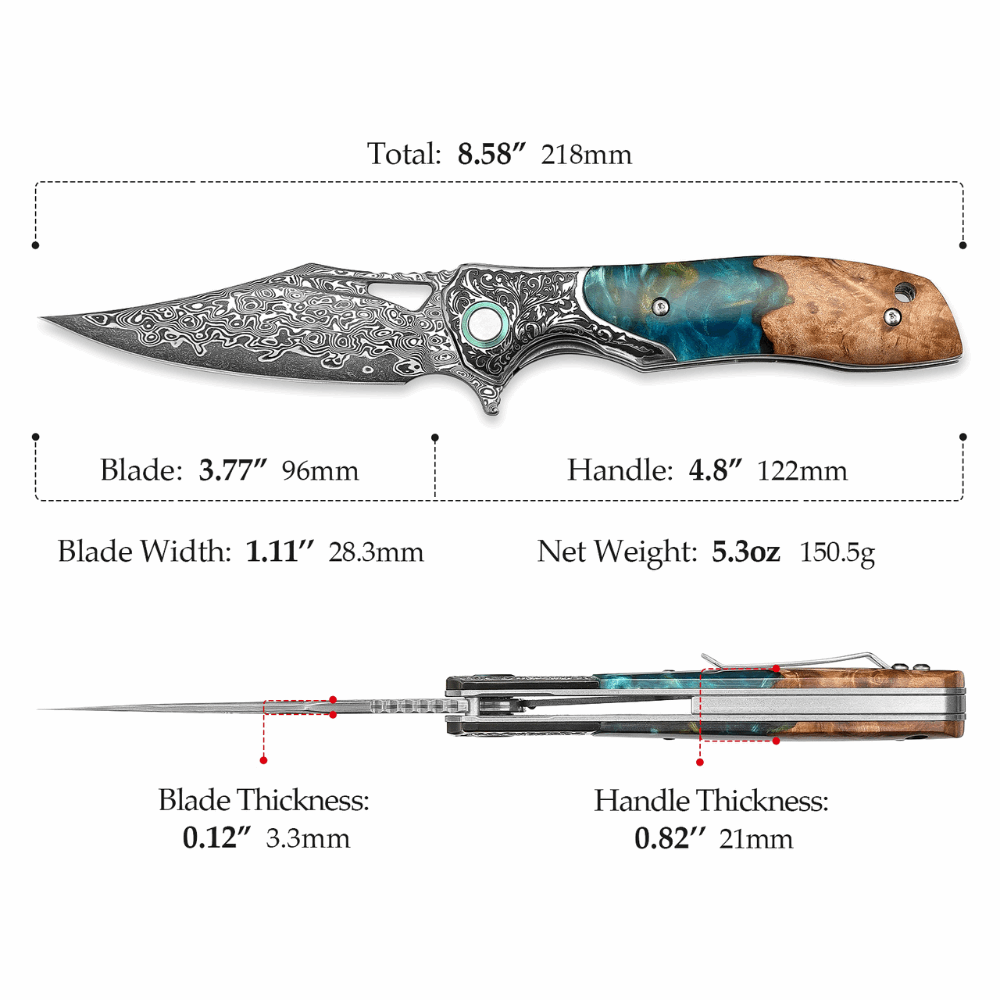
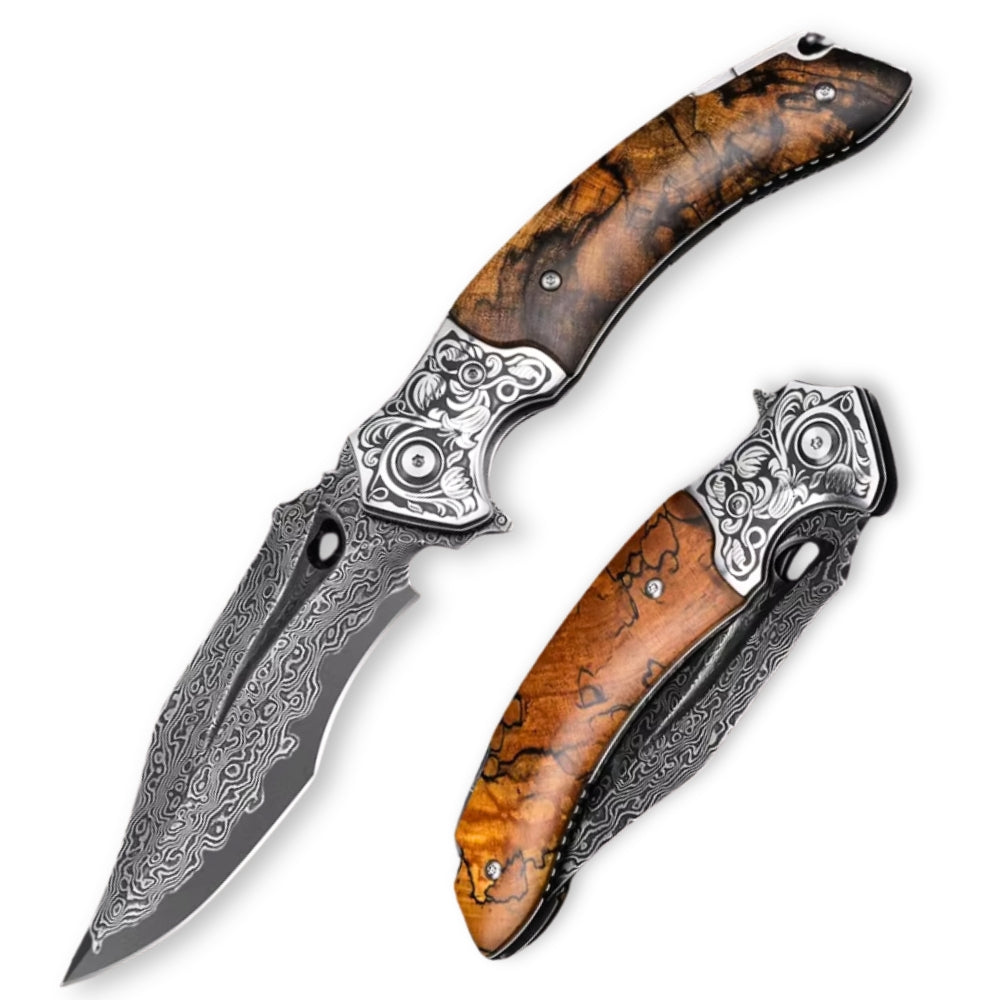
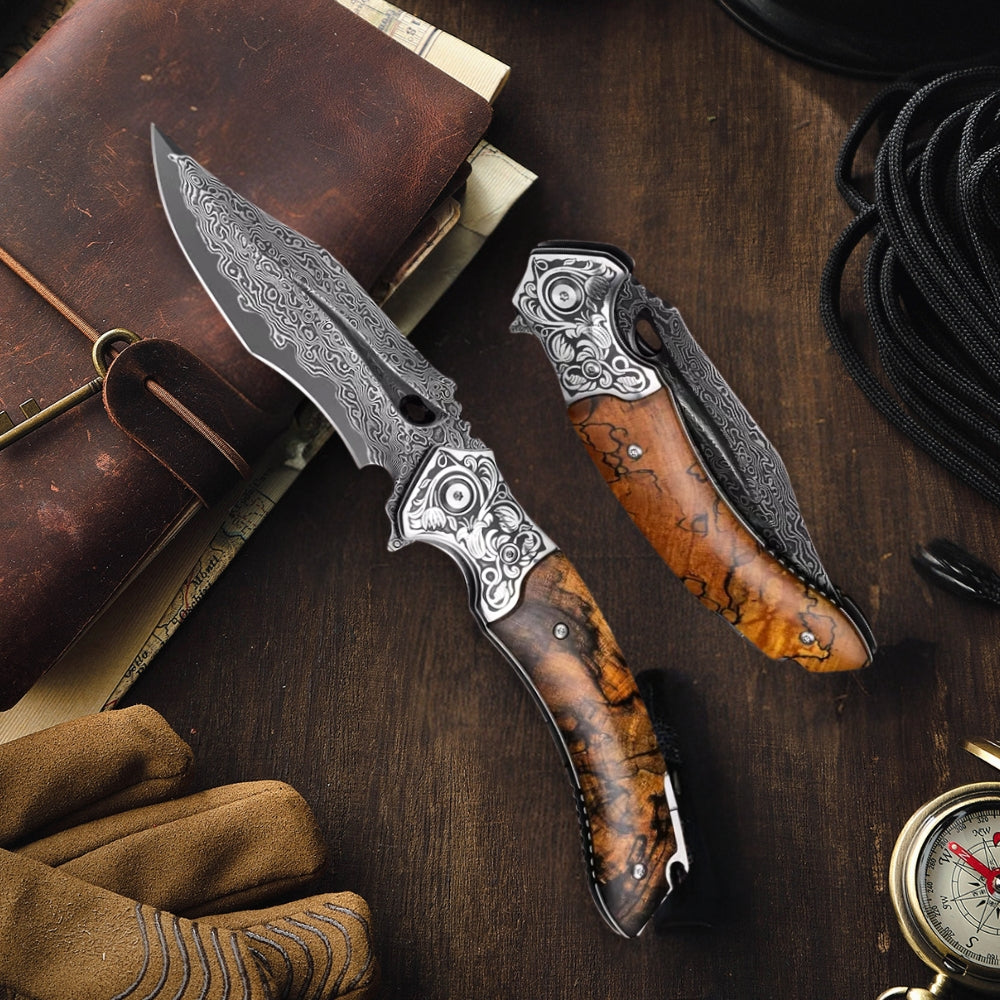
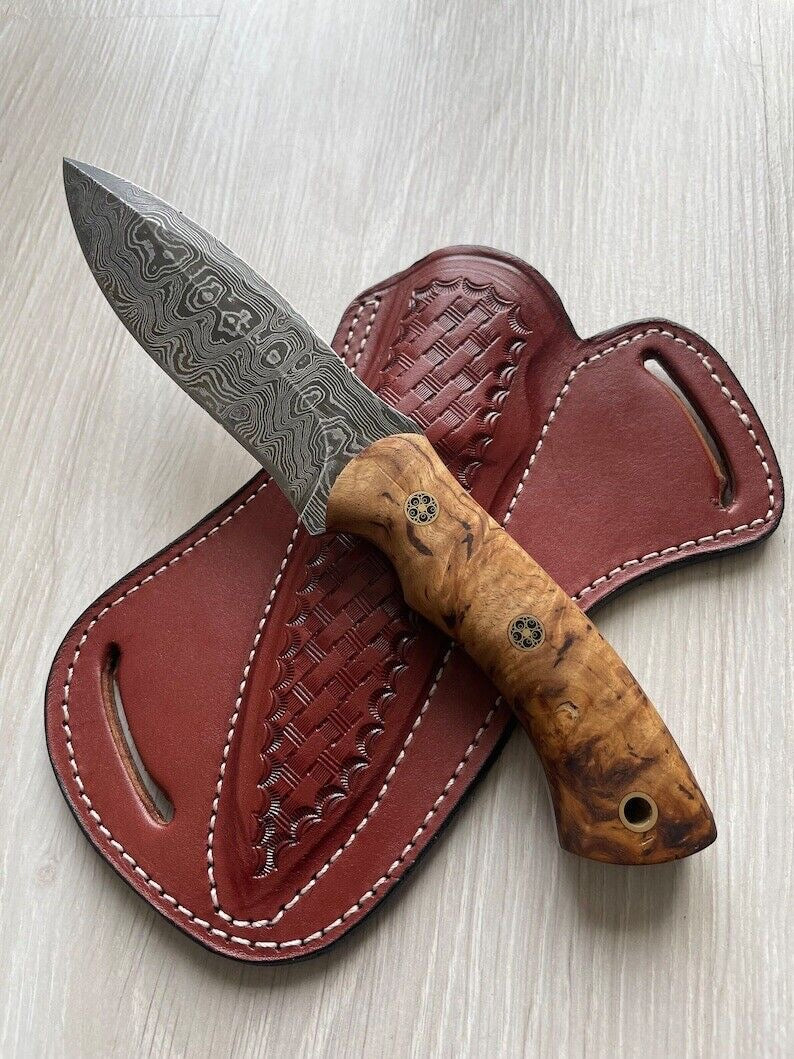
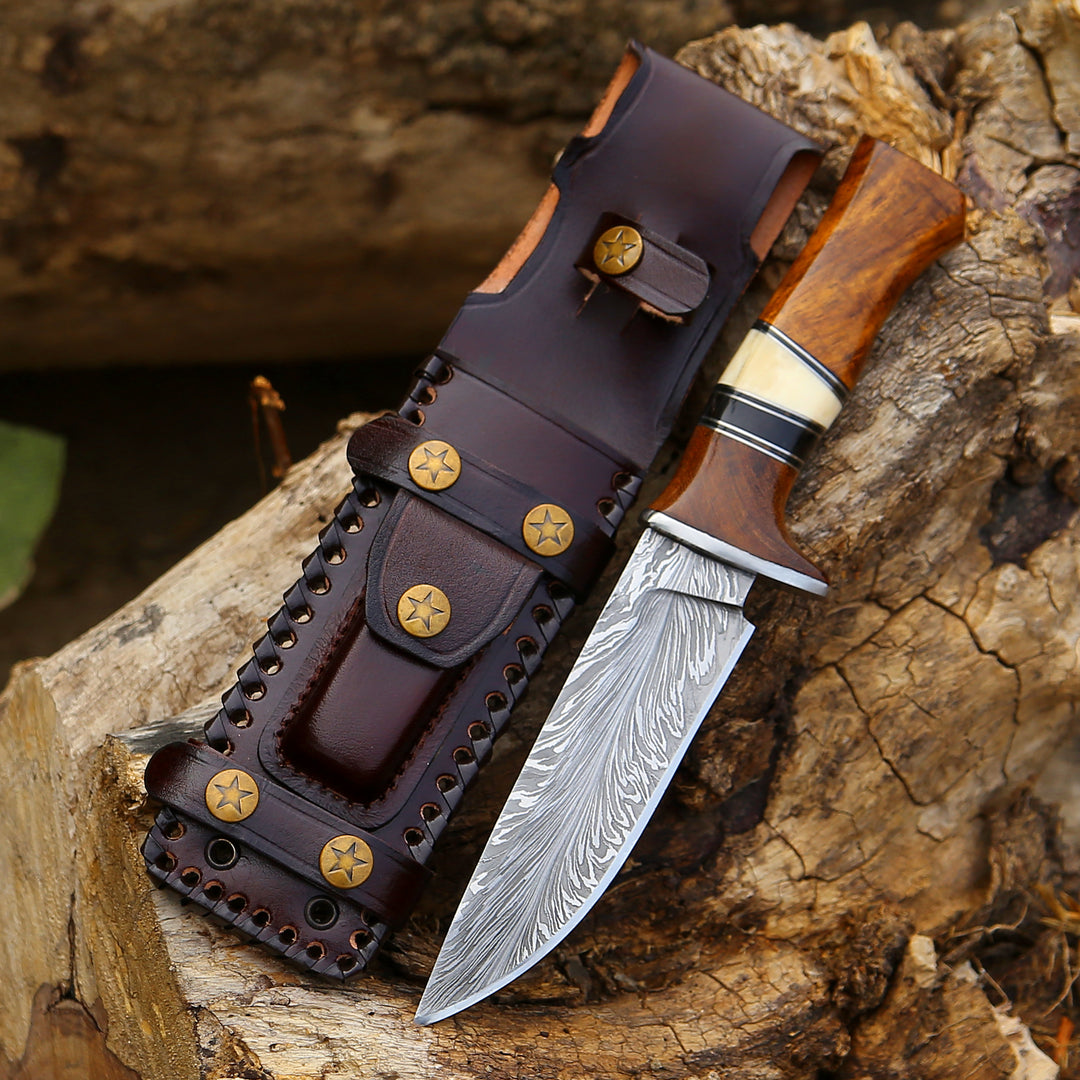
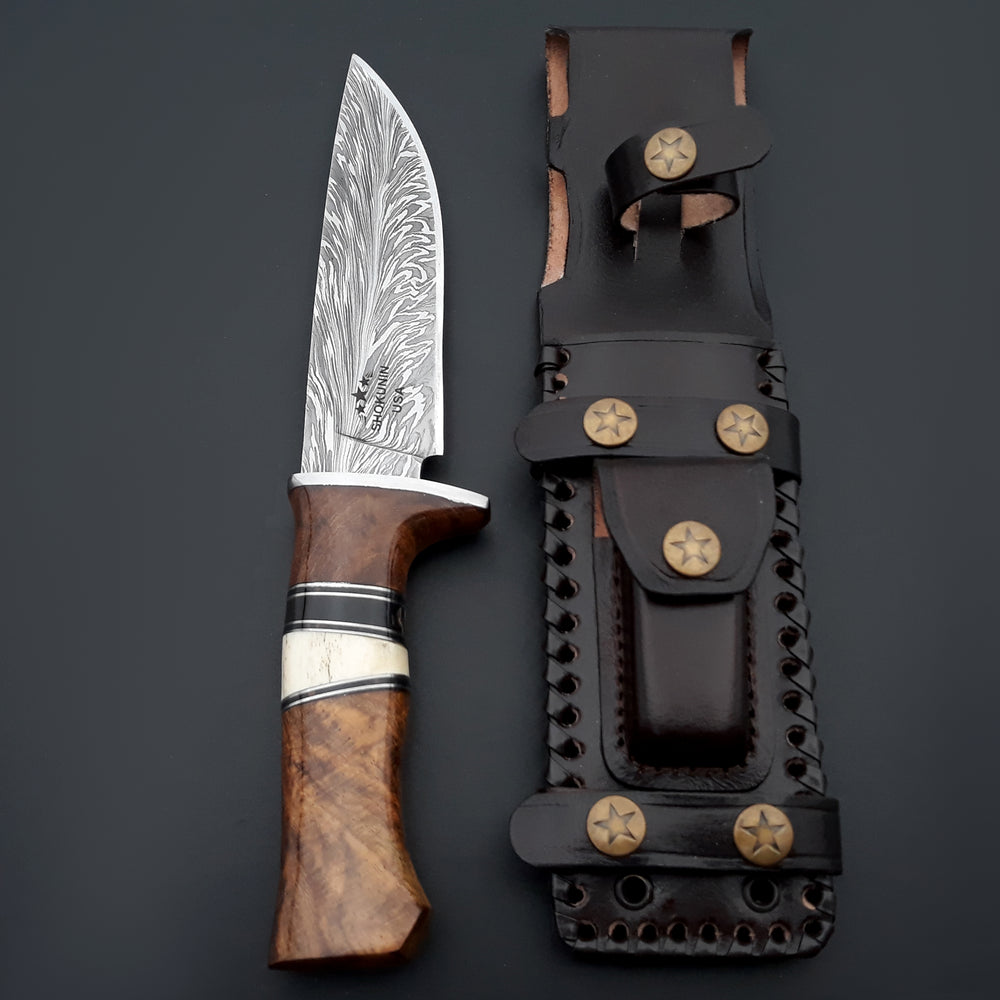
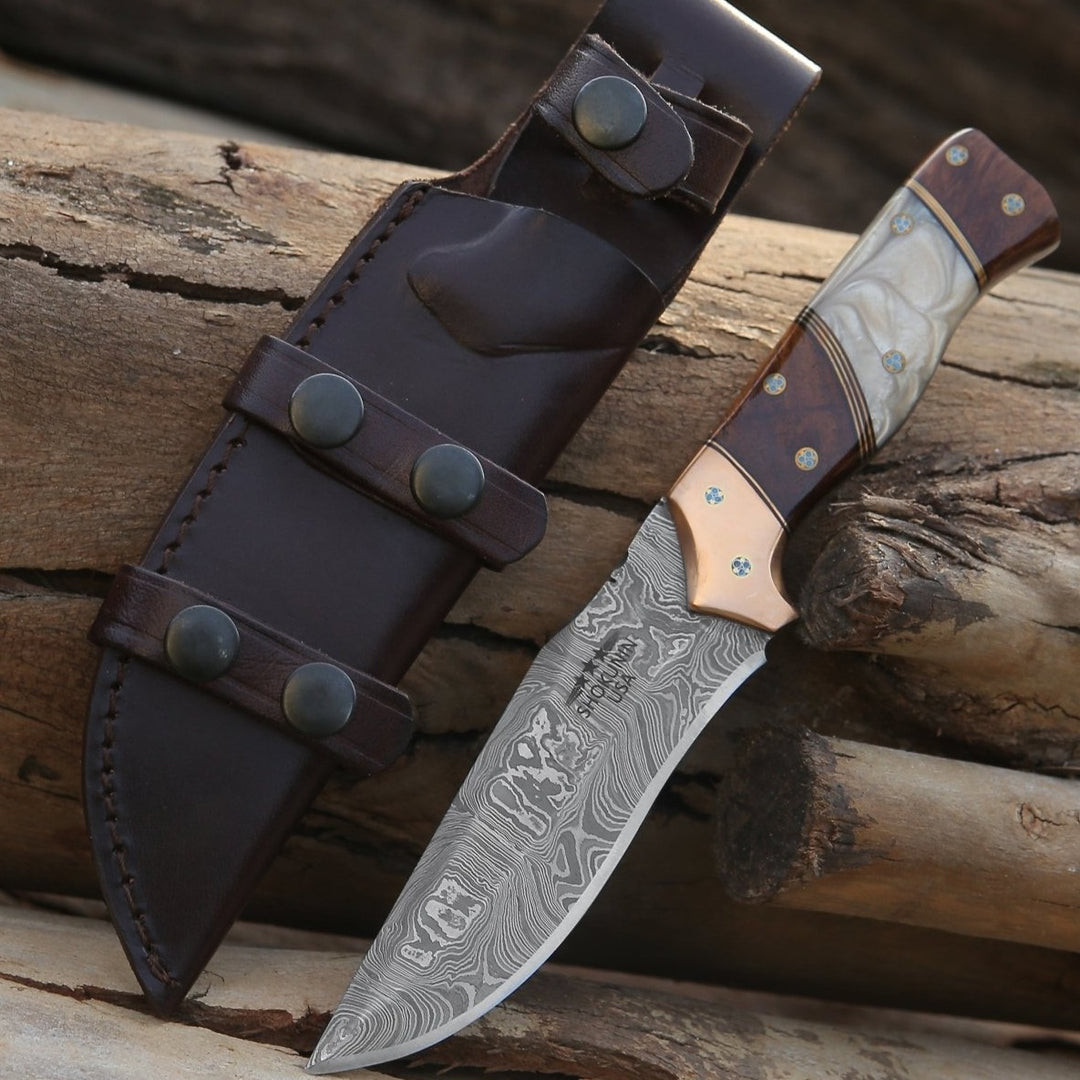
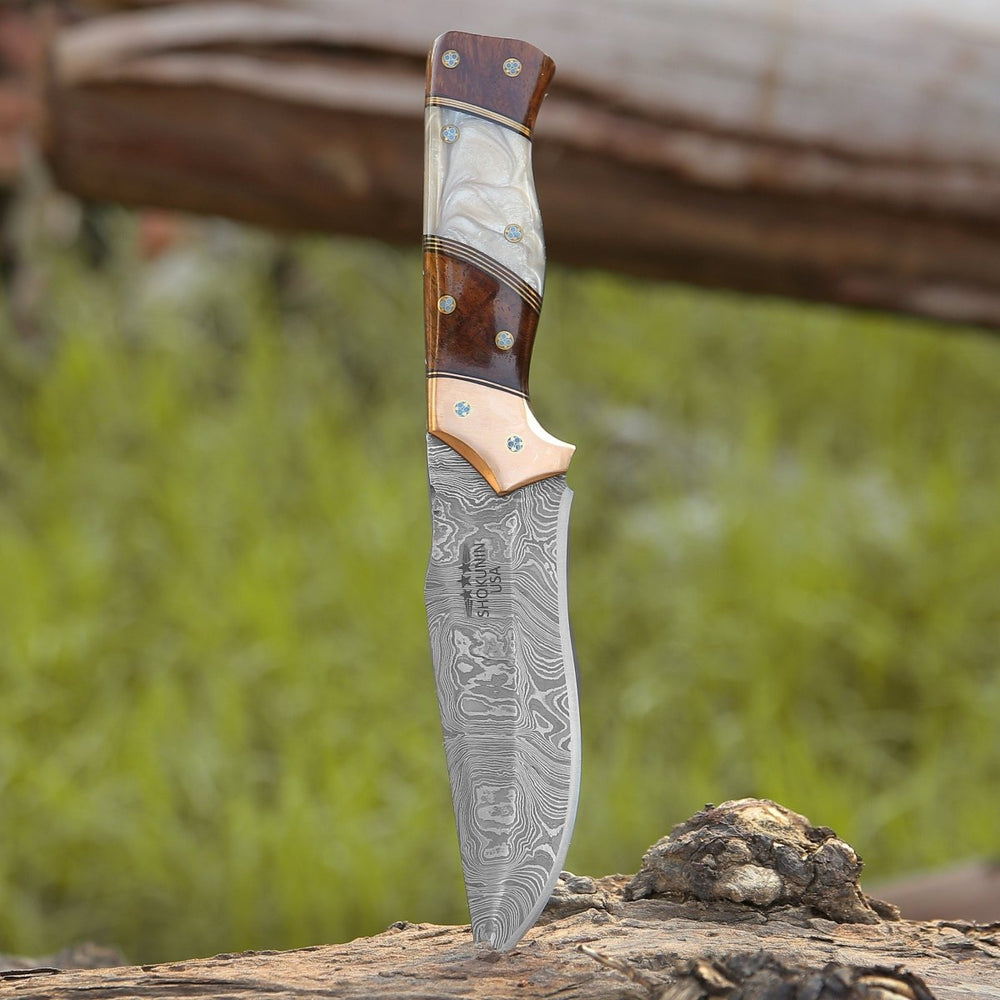
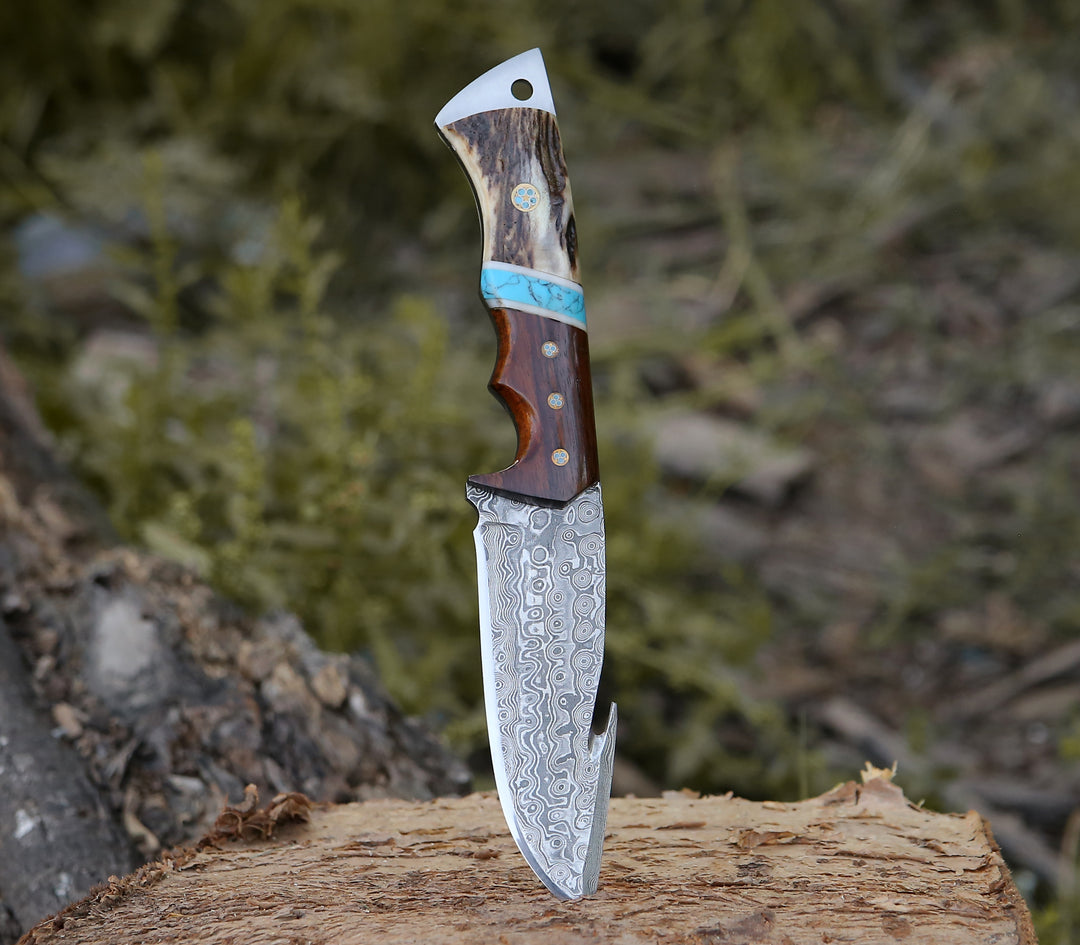
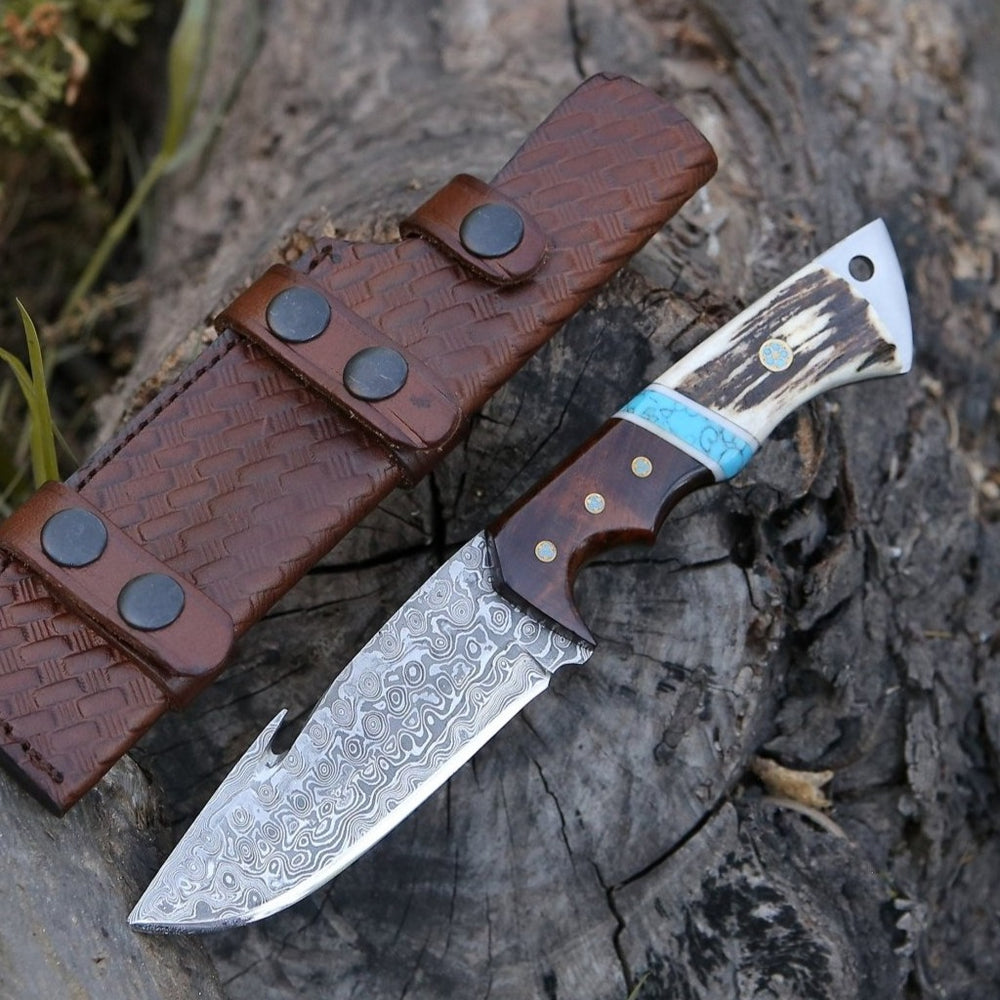
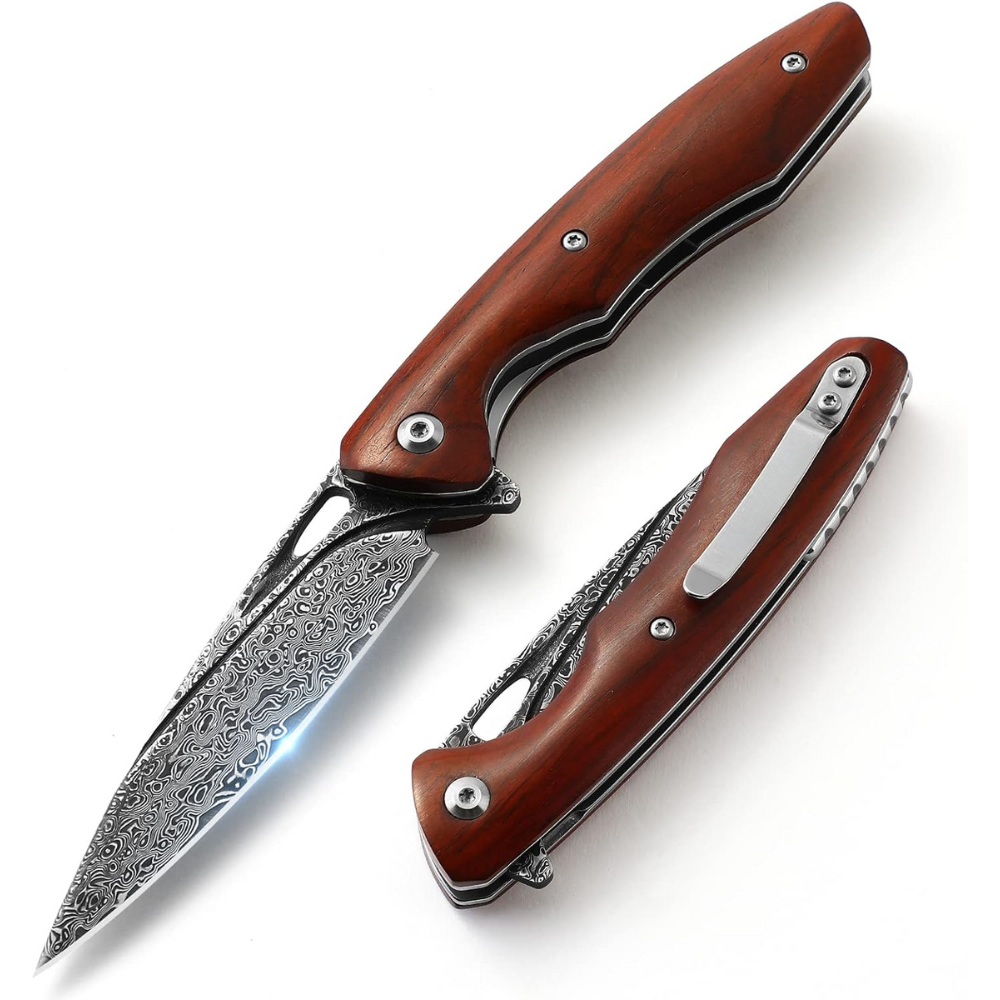
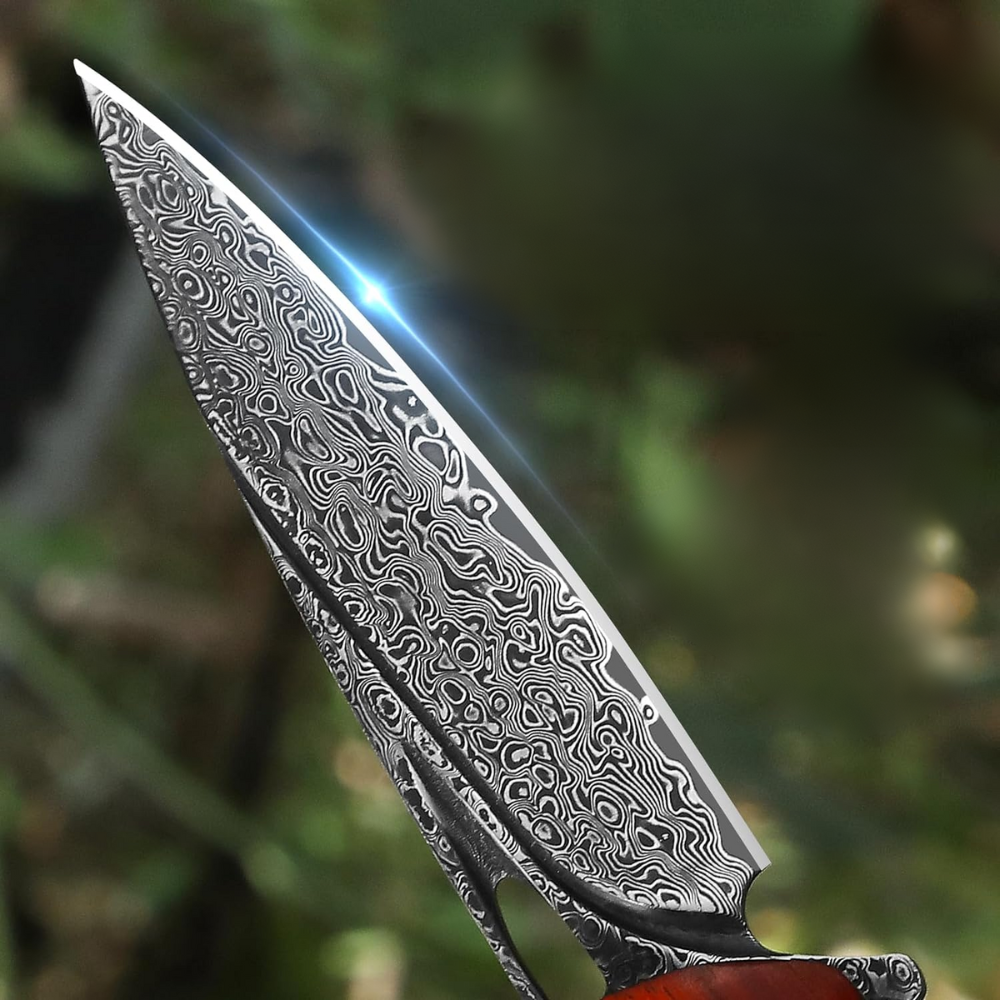
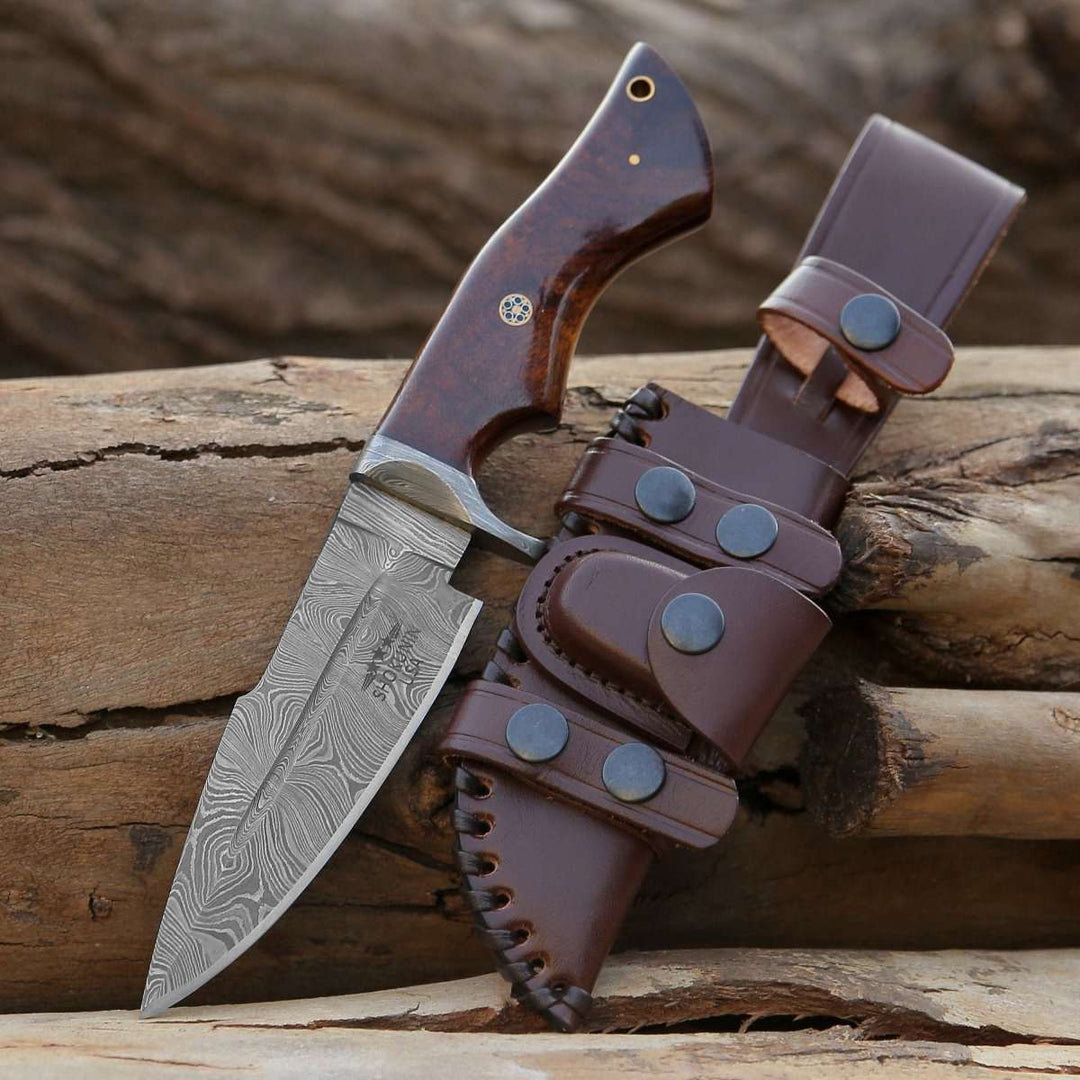
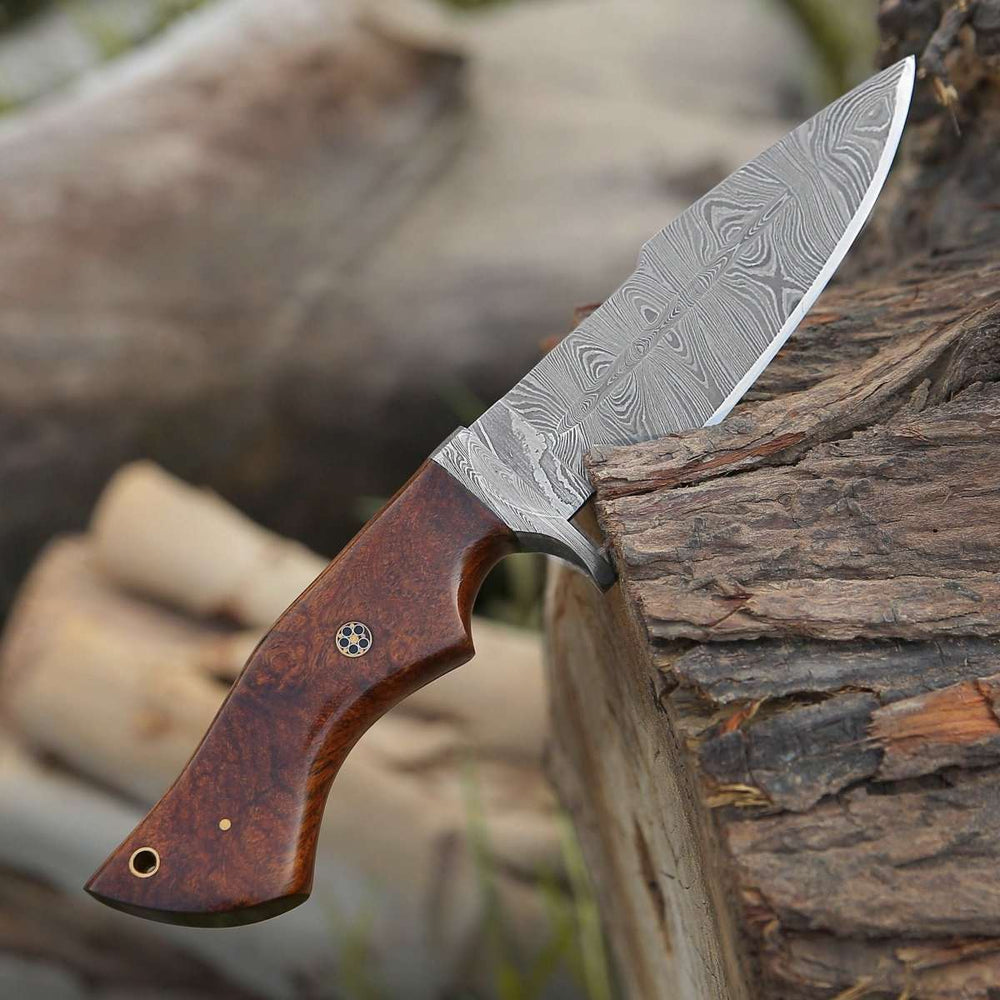
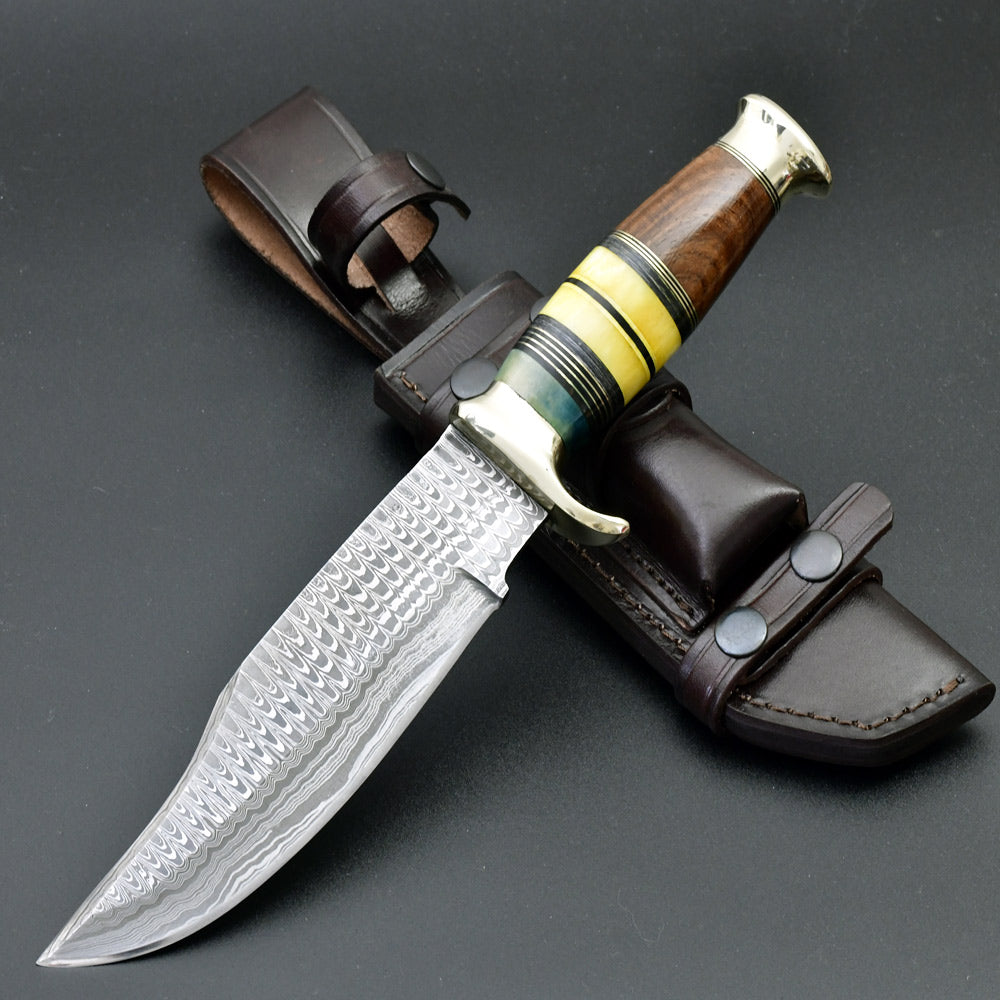
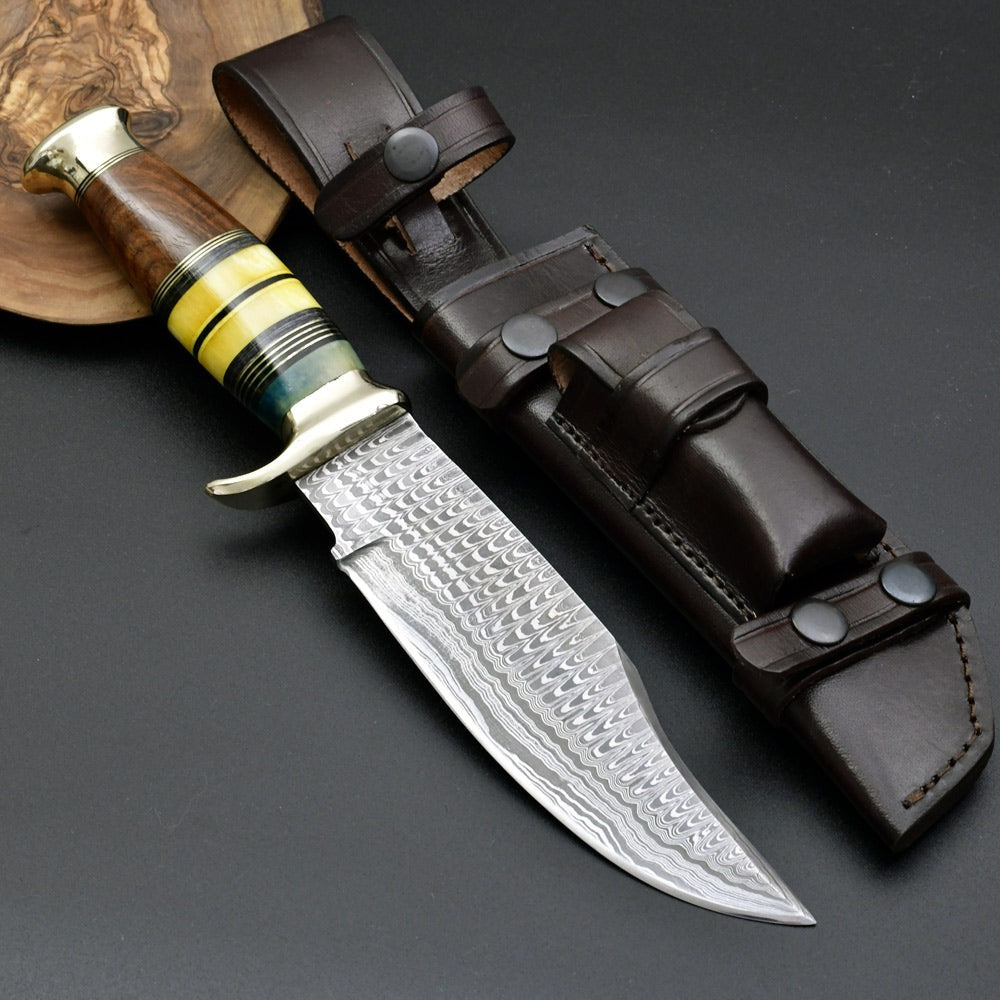
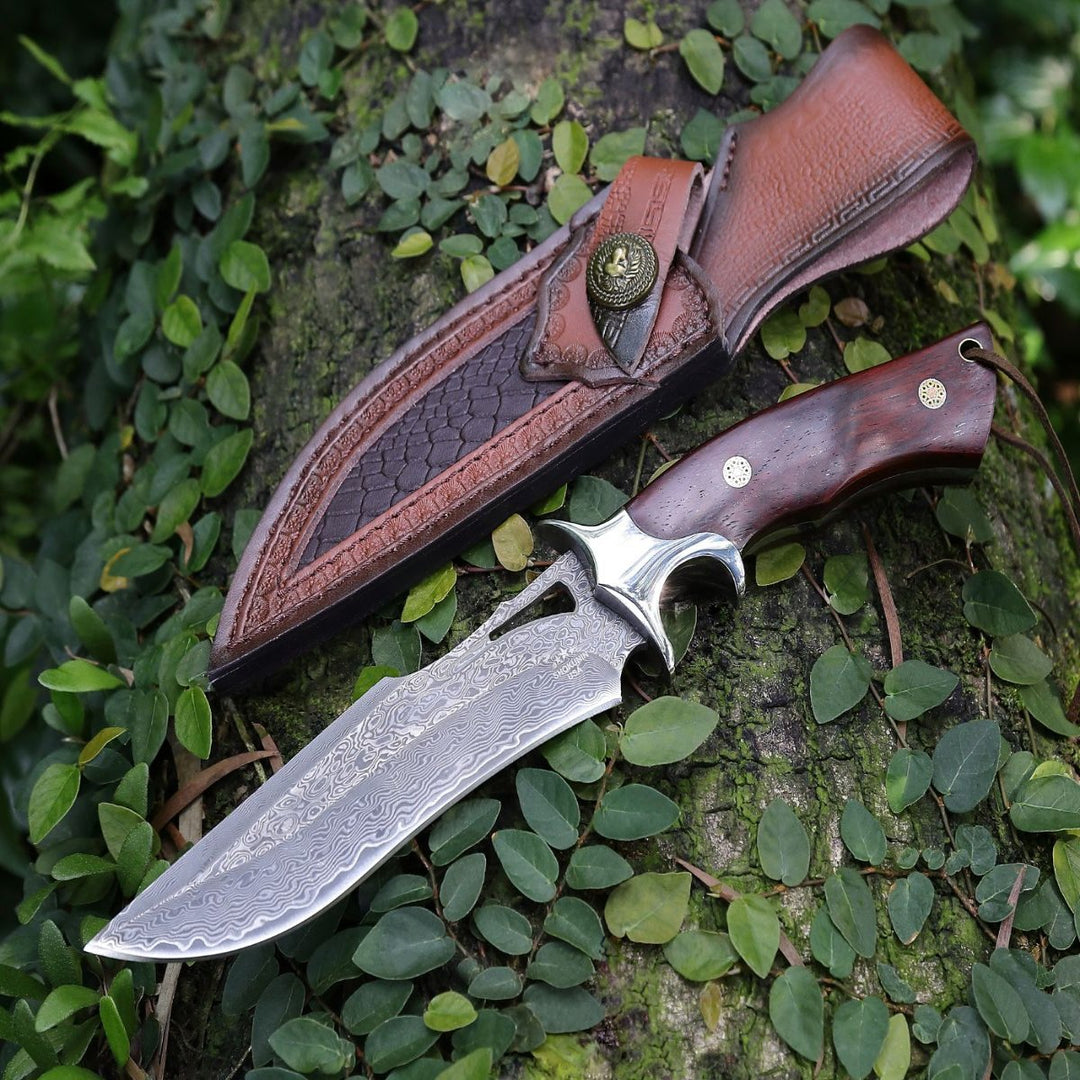
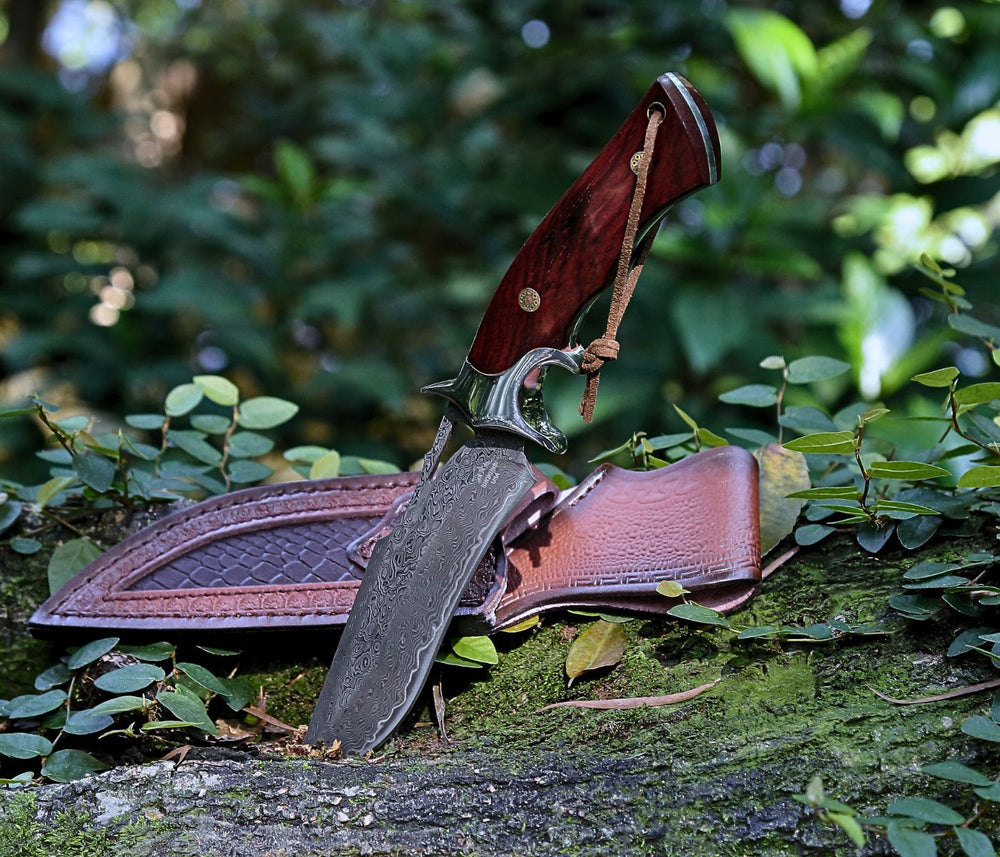
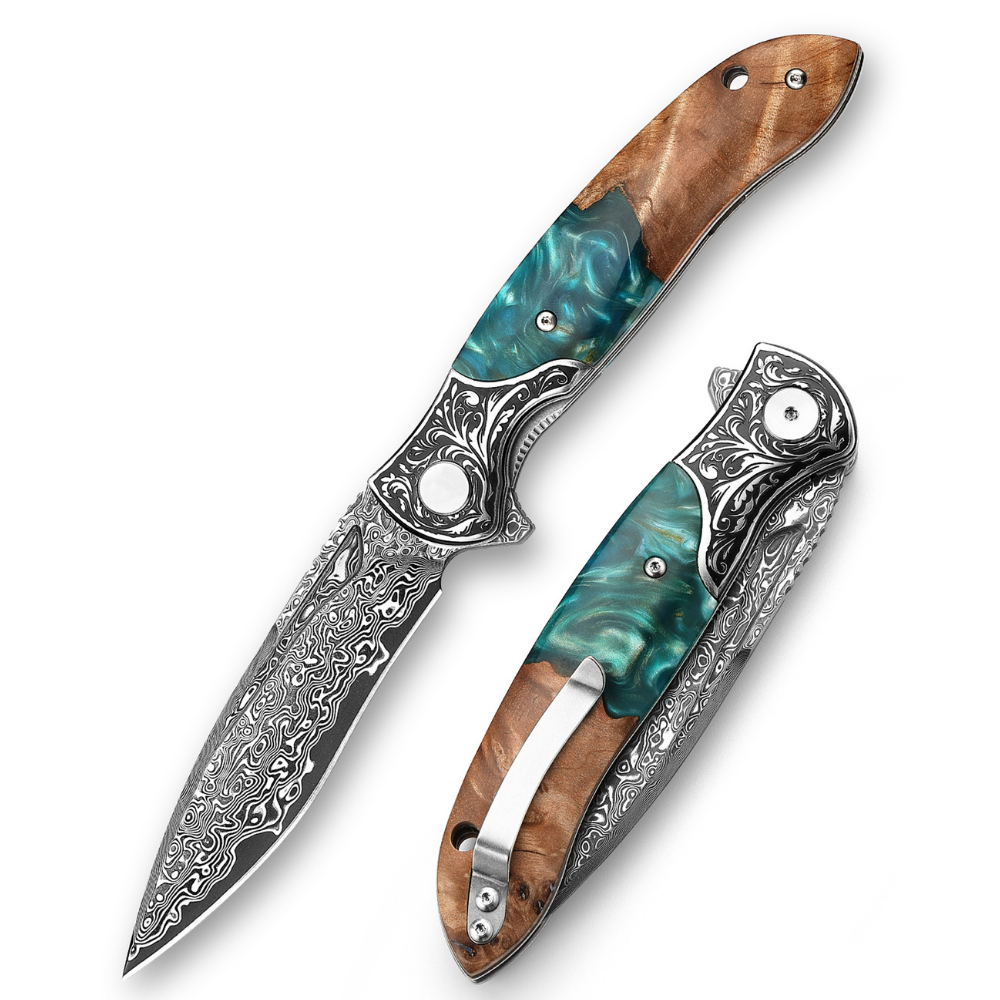
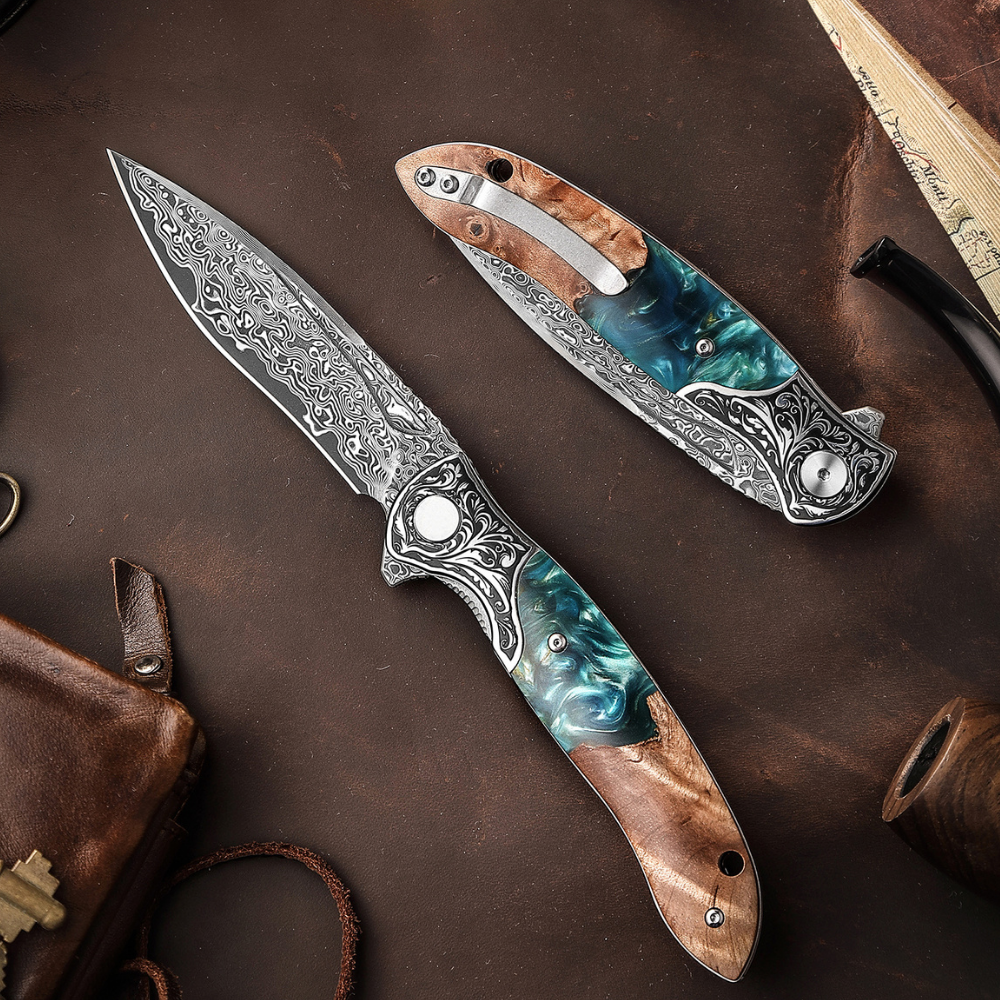
Leave a comment